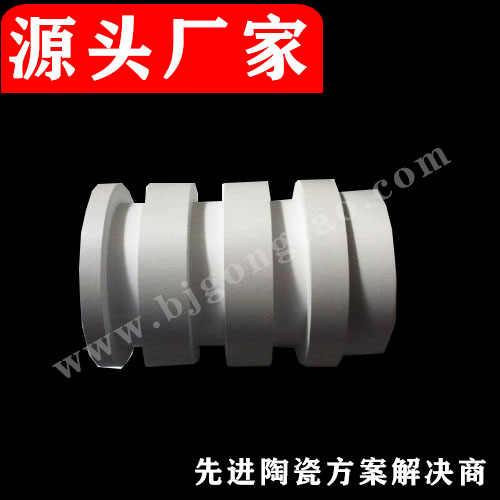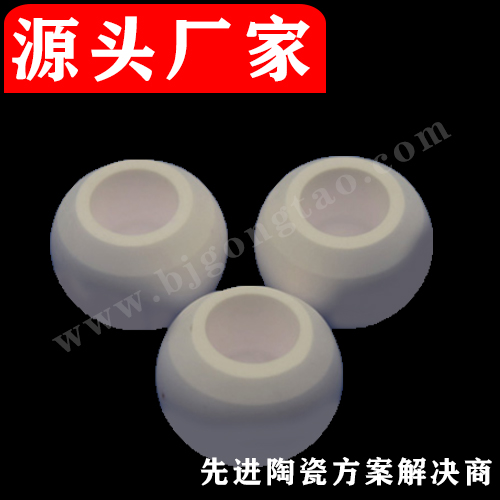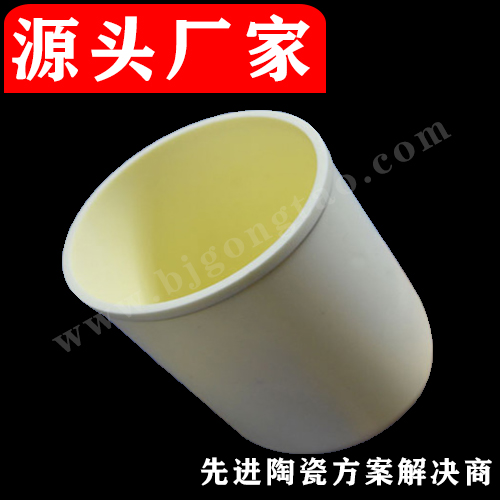
Suzhou Kaifa New Material Technology Co., Ltd.
Email:heqing@szkfxc.com
Email:sales@szbknm.com
Email:bkxc.bonnie@gmail.com
Ceramic humidity sensor basics
Ceramic humidity sensors are composed of metal oxide ceramics, which are divided into sub-type and electronic type.
Samarium ion-type humidity sensor is a porous ceramic element made of insulating material. Due to the physical adsorption of water molecules in the micropores, H + appears in the humid air, which increases the electrical conductivity of the element. The main components are divided into two α-Fe2O3 and K2CO3 and ZnO.V2O5.LI2O.
The resistance of the ceramic humidity sensor in the low-humidity section varies greatly with the resistance value of the humidity. In the range of 40% -80% RH, the linearity is better, and the high-humidity section is too small. It can be seen that the ceramic humidity sensor has a better performance under normal humidity. In the high-humidity section, the low-humidity section curve is distorted, and the nonlinearity is obvious. The humidity-sensing characteristics of ceramic humidity sensors are also affected by temperature changes. Temperature compensation is important for measurement accuracy.
Electronic humidity sensors mainly include the increase and decrease of the conductivity of alumina and magnesium monoxide synthetic ceramic humidity sensor elements. They are formed by the chemical adsorption of molecules on the oxide surface. N-type semiconductors and P-type semiconductor oxides react positively. Humidity and negative humidity characteristics.
Aluminum oxide and magnesium monoxide humidity sensors can perform humidity measurement at a temperature below 700 ° C and are relatively stable. However, the structure is complicated, the heating grating needs to be heated to 700 ° C, the power consumption is heavy, the use conditions are harsh, and the price is expensive. It is also necessary to prevent the changes in characteristics caused by changes in air flow rate, which is not easy to be widely used in industrial fields.
Ceramic humidity sensor is a new type of sensor that has been vigorously developed in recent years. The advantage is that the humidity is lagging, the response speed is fast, the volume is small, and it is convenient for mass production. However, due to the porous material, it has a great impact on dust and frequent daily maintenance. Electric heating is often required to clean the product, which is likely to affect the product quality and is easily affected by humidity. Poor linearity in high temperature environments, especially short service life and poor long-term reliability, are the problems that such humidity sensors urgently solve.





